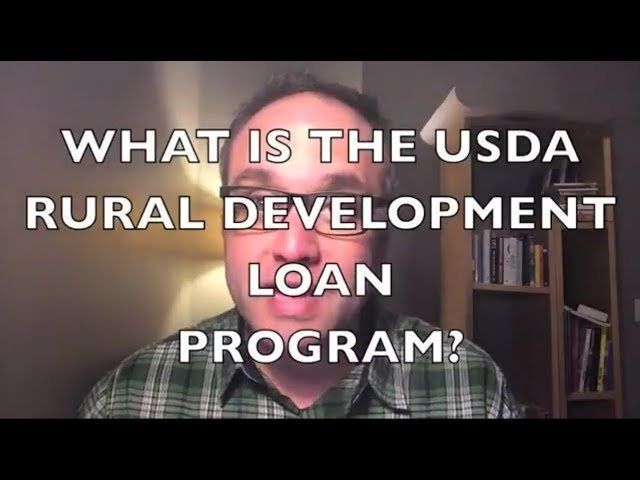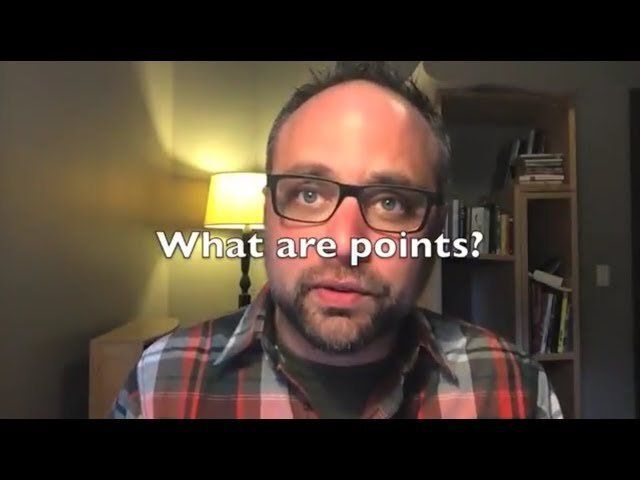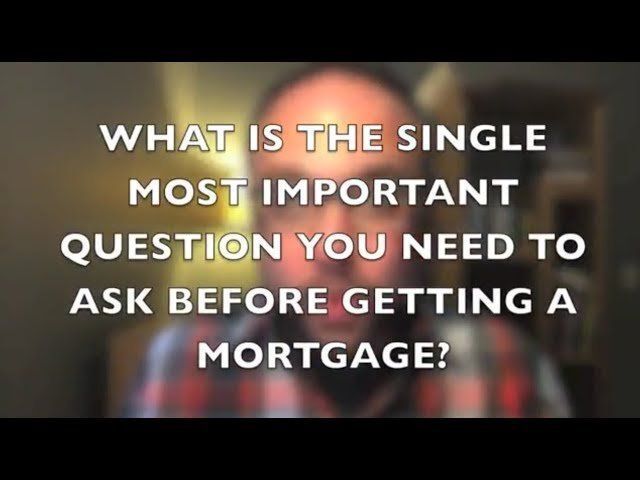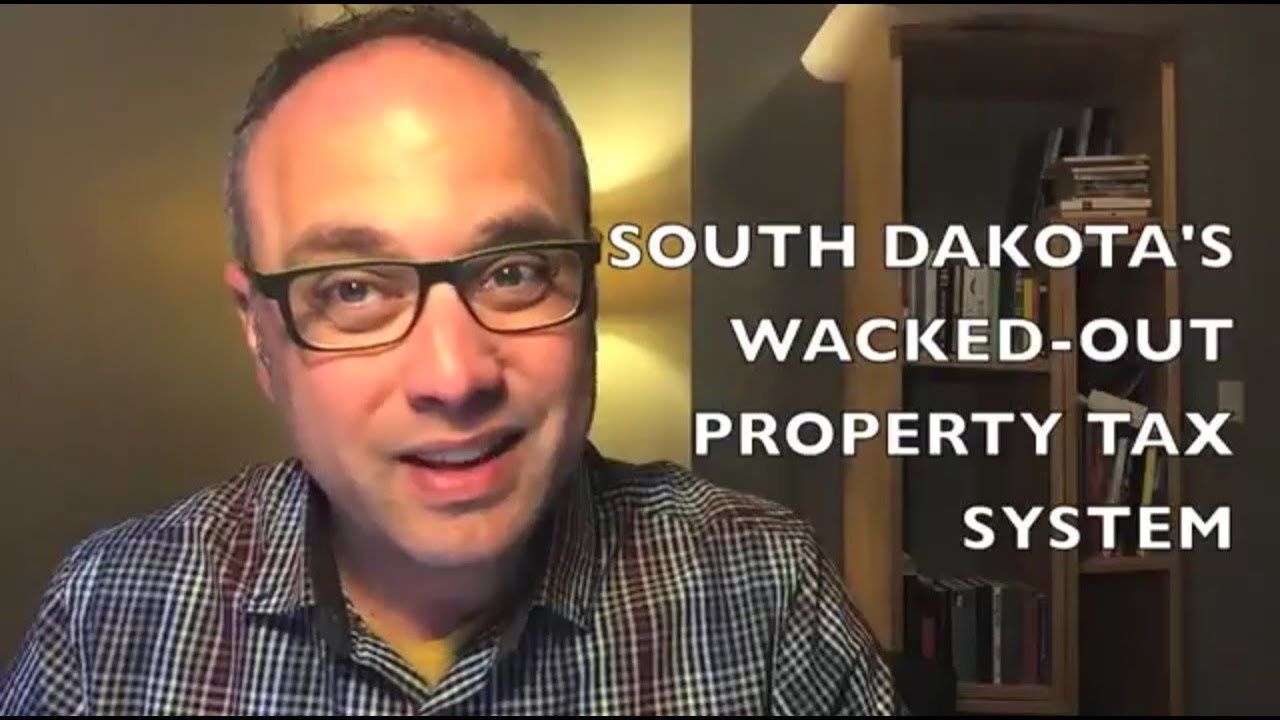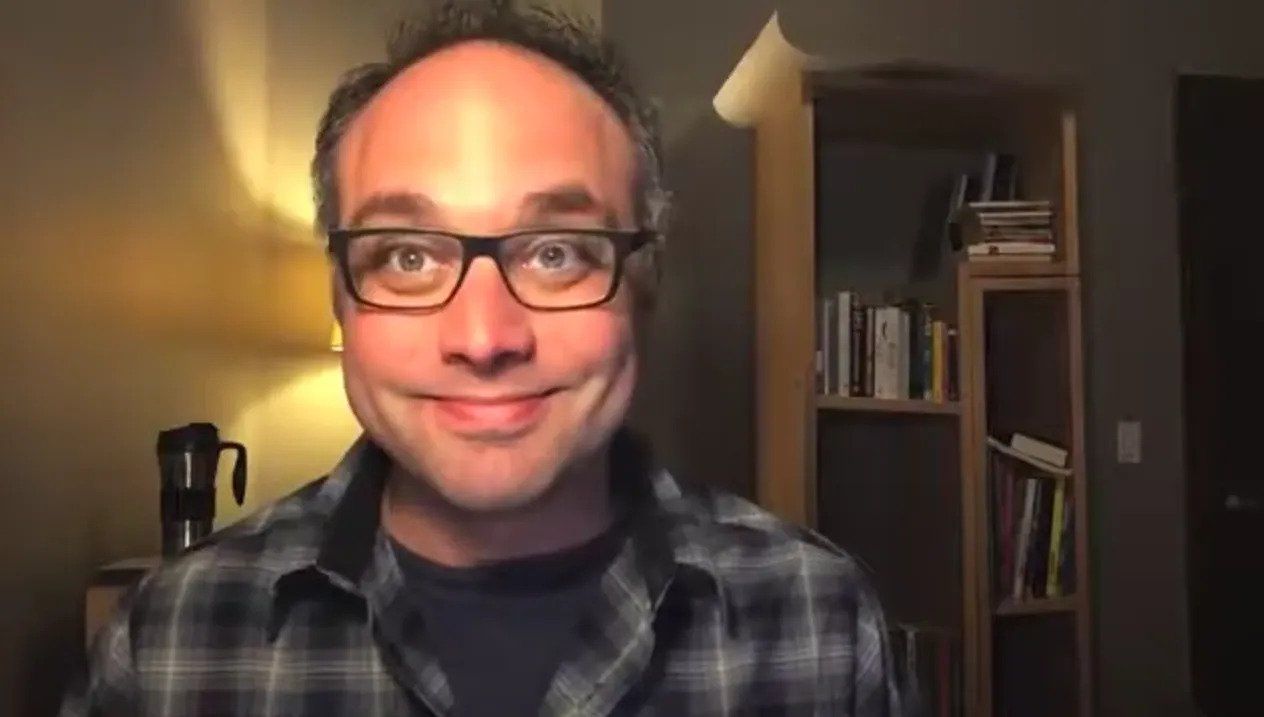For many people, paying mortgage insurance is a necessary evil. It goes by a couple different names: PMI (private mortgage insurance) is required on conventional loans, and MIP (mortgage insurance premium) is the Federal Housing Administration (FHA) version. No matter what you call it, people really seem to hate paying for it.
Why the hate? Frankly, it seems like a bit of a racket from the homeowner’s perspective. Unlike most other insurance products people buy, mortgage insurance does not protect the person paying for it. Crash your car? Your car insurance company pays on your claim to get it fixed. House hit by hail? Homeowners insurance to the rescue. But the monthly payment you make on your mortgage insurance premium protects your lender, not you.
Basically, mortgage insurance covers your lender’s risk so they won’t lose money in the case of loan default.
Mortgage insurance is required on all conventional mortgages where the homeowner owes more than 80% of the house’s value. It is required on all new FHA loans, regardless of how much is owed. The amount you pay for mortgage insurance varies, depending on your loan-to-value percentage – the amount you owe versus your home’s value. The higher that percentage, the more you pay for your mortgage insurance.
So is mortgage insurance evil? Not really. The alternative is that would-be homeowners not sporting a hefty down payment would be unable to buy a house. I think it’s good that we at least have the choice.
That being said, there are strategies to reduce the bill on your mortgage insurance or eliminate it altogether. There are a million configurations for implementing these strategies, so feel free to call or e-mail me if you’d like some specific advice.
Note: Please do not email personal financial information.
